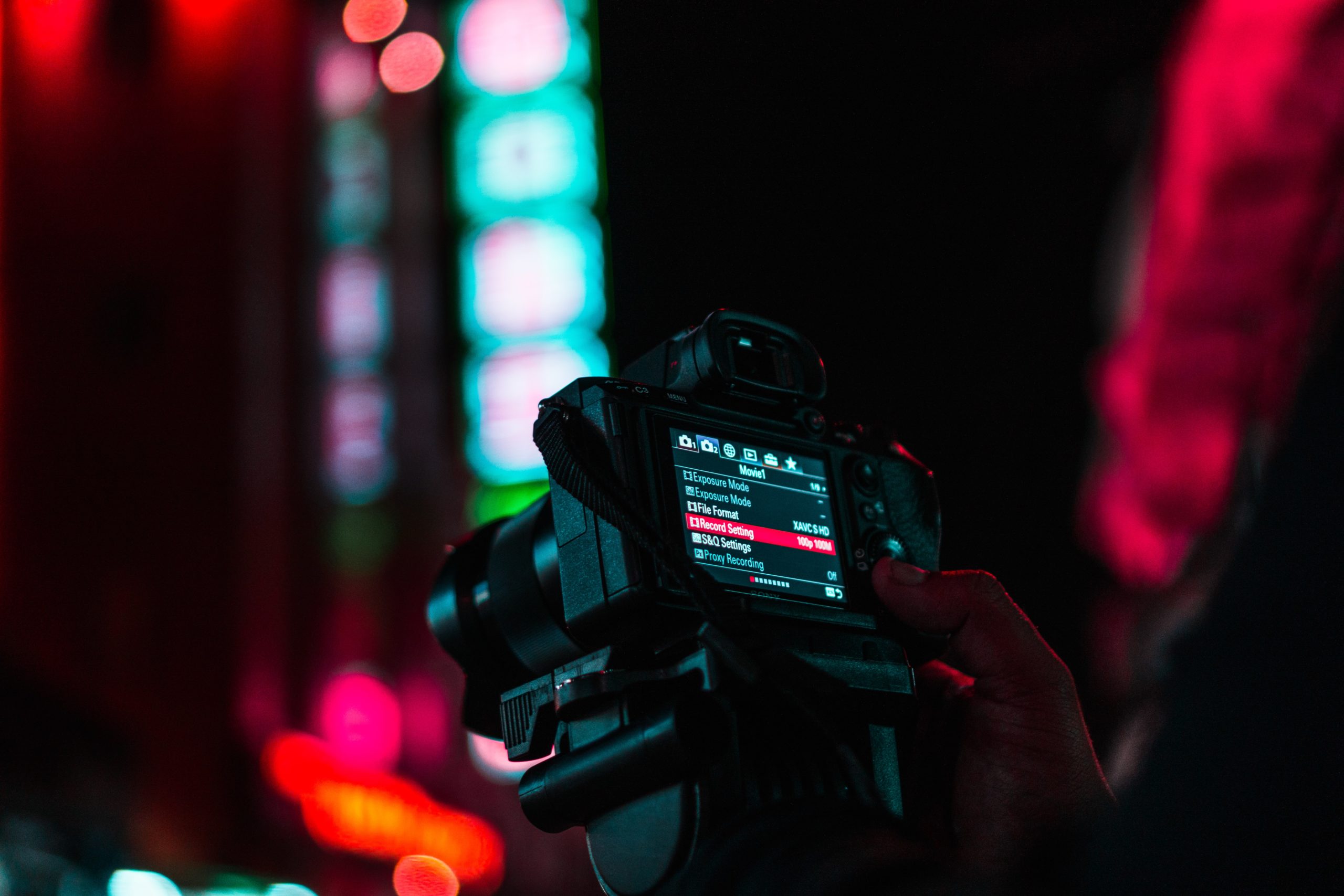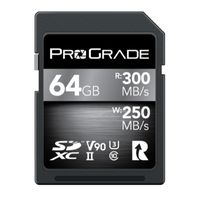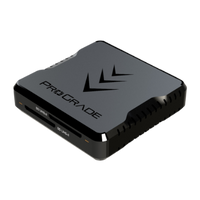Film look: it’s the secret sauce of popular Hollywood blockbusters and the “holy grail” of every young and upcoming filmmaker. It’s what often makes or breaks your visual stories and separates the captivating from the amateurish and novice.
In this article, we’re going to dissect the subject, so you can heighten even the most straightforward shots to new levels and get your work in front of a bigger audience and better clients.
What exactly is a film look, and what defines it?
Newcomers erroneously think that film look comes down to technical aspects like adding cinematic crop or film grain overlays. But, in reality, it’s just about achieving the feeling like your clip was shot on physical film. It’s a lot more than that. So, the challenge is that the film look is not something you can achieve by simply tweaking a few elements in post-production.
Then again, it’s not something you can only achieve using exclusively expensive cinema cameras either. Of course, a good camera with a proper lens is a must, but it doesn’t necessarily have to be the most expensive one. A decent DSLR or mirrorless camera will get the job done. After all, it’s not just about equipment.
The devil is in the details. All the techniques, methods, and tricks of film language create the desired high-quality film look. However, the most essential ingredients are practice and hard work. Every film crew member has to work in synergy and bring real, visible value, as every aspect counts: from hair & makeup to props, directing, and lighting.
How to Achieve a Film Look?
There’s no one definitive recipe or scenario for achieving a film look. Everyone who claims otherwise is wrong. That is also why top filmmakers like Martin Scorsese, Ron Howard, or Quentin Tarantino often seem to give conflicting advice.
The truth is, every filmmaker must discover their own film look through bold experimentation and constant practice. There’s no better way to improve your skills by constantly trying new things and pushing yourself each day to be a better filmmaker. The better you get at your craft, the closer you move toward achieving the film look.
So, how to get better? Here are the some of fundamental things to consider and ponder about before filming your next project:
Framerate & Shutter Speed
There’s only one option here. It’s 24 frames per second. Since the inception of film and cinema, all movies have been shot and projected at this rate. Our eyes perceive this kind of motion as an actual film.
The same goes for the shutter speed. A shutter angle near 180° has been the most common setting for major motion pictures for ages, equating to a shutter speed of 1/48 of a second at 24 fps. The rule of thumb is to double the framerate, or at least be as close to doubling as possible. Hence, at 24 fps, the shutter speed should be 1/48 (or 1/50).
Motion Blur
Following the 180-degree rule (at 24 fps) will also give your footage a specific motion blur. It won’t be too big, nor too small. It will be just perfect!
Motion blur is actually one of the most noticeable things regarding cinematic look. Even people who have no clue about filmmaking immediately pick up that something is off when the amount of motion blur is not correct. They may not be able to put their finger on what it is, but they automatically sense it.
When something moves on the screen, we subconsciously want to see a specific organic motion blur that we know from the film.
Depth of Field
When it comes to depth of field, there are no absolutes. However, a shallow depth of field tends to be more cinematic than a deep depth of field. This is because it creates a more three-dimensional image that is less flat. But not all films are shot this way. Some directors use only deep focus. Most notably, Stanley Kubric, director of the movie The Shining. Kubrick typically creates symmetrical compositions with a single-point perspective where everything is in focus, all the way into the far distance.
The late Douglas Slocombe shot the first three Indiana Jones movies also at a very slow f-stop. He used the aperture range of T14 to T14.5 to precisely capture and enhance the feeling of depth.
Depth of field is an essential tool for directing the viewer’s eye. It’s a critical component of film language. Even though there are no rights or wrongs, you tend to be better off when you don’t use depth of field just for aesthetic reasons but mainly for expressive reasons.
Framing & Composition
Good framing is often overlooked by many creators, despite the fact that it has a colossal impact on the perception of the end result. Even if we use ideal shutter speed and fps, a not-so-pleasing framing can quickly ruin the entire video. Much like f-stop, it has to match the story and narration of the project.
Camera Movement
The camera movement is another essential aspect of making your footage more immersive and film-like. Whenever we look at Hollywood or any other high-level film production, we see there’s always great care put into camera movement. There are no unintentional shakes or accidental motions; everything is meticulously planned.
Camera movement not only enables us to change the audience’s viewpoint without cutting but it can also be used to create specific psychological effects.
Aspect Ratio
Even though many creators earnestly advocate for 2.39:1, saying it’s the one and only aspect ratio for an authentic cinematic look, the truth is, there are no rules regarding which aspect ratio is the best. Instead, there are several reasons to shoot in every other ratio than the classic anamorphic. For example, wandering into the lands of 2.75:1 can create the aesthetic associated with premium dramatic feature films, while the 1.43:1 can give your footage a unique immersive feeling.
So, don’t just throw black bars on your 16:9 footage because someone somewhere said you should or because it looks movie-like. Instead, allow your story to direct the decision-making process and ensure every composition, set, and character complements that frame.
Proper Lighting
The light’s direction, quantity, source, and temperature define the mood and create an atmosphere for your film. You don’t need to know everything and be knowledgeable about a wide range of lighting equipment if you don’t have a budget for a lighting designer, but you need to devote some time beforehand to study how you can achieve the desired mood required in each scene.
Correct Exposure
After all the effort you’ve put into nailing the lighting, make sure you don’t nullify it by over or underexposing your shot. A properly lit scene must also be properly captured. Each camera has its own quirks and unique features that must be considered while setting the exposure. Make sure you know your camera from A to Z before working on any professional project or production.
Color Grading
Color grading is paramount to great filmmaking. It directly affects how a viewer experiences the film. So no wonder colorists grading the latest blockbusters usually get to work in expensive theater-like studios loaded with an impressive array of the most delinquent tools.
Yet, for most creators, color is something they only briefly consider at the very end, after the footage is shot and edited. Moreover, it mainly comes down to finding a filter preset currently in style.
Ideally, you should have a coherent color palette long before rolling the camera and always keep one eye on that palette when crafting your shots. Color grading rules are not carved in stone, so feel free to completely unleash your creativity. Just ensure your colors are accurate.
Sound Design
Last but not least, sound design. Beginner filmmakers are often preoccupied with all the visual components and overlook sound design completely. When the sound design is terrible, watching the movie is nearly impossible. Conversely, when it’s spot on and perfect, we practically don’t notice it. Maybe that’s the real reason why many beginners entirely miss it?
It may surprise you, but audio quality is more important than video quality. People will often tolerate bad video but never bad audio.
The sound design allows you to connect people to what they’re seeing. It adds emotion to your shots, significantly enhances the tone of your narrative, and helps bind everything together.
In Conclusion
Nailing the film look can seem like a daunting task. And let’s be honest, it is. The sheer amount of elements you must worry about can quickly become overwhelming. But remember, it’s nothing you can’t overcome with regular practice. Like in all aspects of life, if you put in the work, you can expect to reap the rewards.





